World's top ten universities.
An institution of higher learning providing facilities for teaching and research and authorized to grant academic degrees
specifically : one made up of an undergraduate division which confers bachelor's degrees and a graduate division which comprises a graduate school and professional schools each of which may confer master's degrees and doctorates
1. University of Oxford
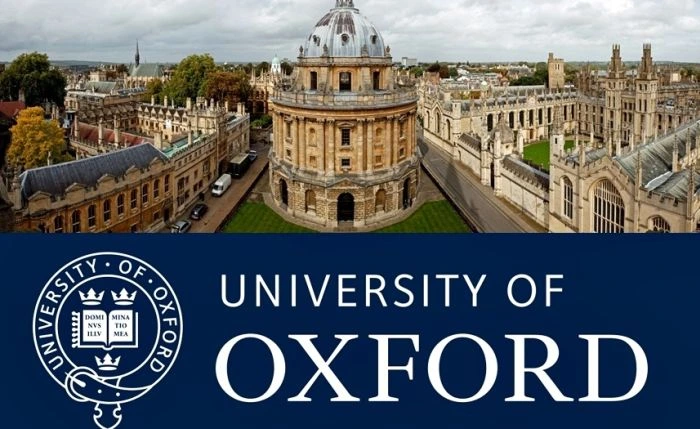
The University of Oxford is a collegiate research university in Oxford, England. There is evidence of teaching as early as 1096,[2] making it the oldest university in the English-speaking world and the world's second-oldest university in continuous operation. It grew rapidly from 1167 when Henry II banned English students from attending the University of Paris.[2] After disputes between students and Oxford townsfolk in 1209, some academics fled north-east to Cambridge where they established what became the University of Cambridge. The two English ancient universities share many common features and are jointly referred to as Oxbridge.
The university is made up of thirty-nine semi-autonomous constituent colleges, six permanent private halls, and a range of academic departments which are organised into four divisions. All the colleges are self-governing institutions within the university, each controlling its own membership and with its own internal structure and activities. All students are members of a college. It does not have a main campus, and its buildings and facilities are scattered throughout the city centre. Undergraduate teaching at Oxford consists of lectures, small-group tutorials at the colleges and halls, seminars, laboratory work and occasionally further tutorials provided by the central university faculties and departments. Postgraduate teaching is provided predominantly centrally.
2. Harvard University

Harvard University is a private Ivy League research university in Cambridge, Massachusetts. Established in 1636 and named for its first benefactor, clergyman John Harvard, Harvard is the oldest institution of higher learning in the United States[6] and among the most prestigious in the world.[7]
The Massachusetts colonial legislature, the General Court, authorized Harvard's founding. In its early years, Harvard College primarily trained Congregational and Unitarian clergy, although it has never been formally affiliated with any denomination. Its curriculum and student body were gradually secularized during the 18th century, and by the 19th century, Harvard had emerged as the central cultural establishment among the Boston elite.[8][9] Following the American Civil War, President Charles William Eliot's long tenure (18691909) transformed the college and affiliated professional schools into a modern research university; Harvard became a founding member of the Association of American Universities in 1900.[10] James B. Conant led the university through the Great Depression and World War II; he liberalized admissions after the war.
3. Stanford University

Stanford University, officially Leland Stanford Junior University, is a private research university in Stanford, California. Stanford was founded in 1885 by Leland and Jane Stanford in memory of their only child, Leland Stanford Jr., who had died of typhoid fever at age 15 the previous year.Stanford is ranked among the best universities in the world by academic publications. It is also one of the top fundraising institutions in the country, becoming the first school to raise more than one billion dollars in a year.
Leland Stanford was a U.S. senator and former governor of California who made his fortune as a railroad tycoon. The school admitted its first students on October 1, 1891, as a coeducational and non-denominational institution. Stanford University struggled financially after the death of Leland Stanford in 1893 and again after much of the campus was damaged by the 1906 San Francisco earthquake. Following World War II, provost Frederick Terman supported faculty and graduates' entrepreneurialism to build self-sufficient local industry in what would later be known as Silicon Valley.
4. University of Cambridge

The University of Cambridge is a collegiate research university in Cambridge, United Kingdom. Founded in 1209[9] and granted a royal charter by Henry III in 1231, Cambridge is the second-oldest university in the English-speaking world and the world's fourth-oldest surviving university. The university grew out of an association of scholars who left the University of Oxford after a dispute with the townspeople. The two English ancient universities share many common features and are often jointly referred to as Oxbridge.
Cambridge is formed from a variety of institutions which include 31 semi-autonomous constituent colleges and over 150 academic departments, faculties and other institutions organised into six schools. All the colleges are self-governing institutions within the university, each controlling its own membership and with its own internal structure and activities. All students are members of a college. Cambridge does not have a main campus, and its colleges and central facilities are scattered throughout the city. Undergraduate teaching at Cambridge consists of lectures, weekly small-group supervisions in the colleges, seminars, laboratory work and occasionally further supervisions provided by the central university faculties and departments. Postgraduate teaching is provided predominantly centrally.
Cambridge University Press, a department of the university, is the oldest university press in the world and currently the second largest university press in the world. Cambridge Assessment, also a department of the university, is one of the world's leading examining bodies and provides assessment to over eight million learners globally every year. The university also operates eight cultural and scientific museums, including the Fitzwilliam Museum, as well as a botanic garden. Cambridge's libraries, of which there are 116, hold a total of around 16 million books, around nine million of which are in Cambridge University Library, a legal deposit library. The university is home to, but independent of, the Cambridge Union the world's oldest debating society. The university is closely linked to the development of the high-tech business cluster known as 'Silicon Fen'. It is the central member of Cambridge University Health Partners, an academic health science centre based around the Cambridge Biomedical Campus.
5. Massachusetts Institute of Technology

Massachusetts Institute of Technology (MIT) is a private land-grant research university in Cambridge, Massachusetts. Established in 1861, the institute has since played a key role in the development of modern science, engineering, mathematics, and technology, and ranks among the most prestigious academic institutions in the world.
Founded in response to the increasing industrialization of the United States, MIT adopted a European polytechnic university model and stressed laboratory instruction in applied science and engineering. The institute has an urban campus that extends more than a mile (1.6 km) alongside the Charles River, and encompasses a number of major off-campus facilities such as the MIT Lincoln Laboratory, the Bates Center, and the Haystack Observatory, as well as affiliated laboratories such as the Broad and Whitehead Institutes.
As of December 2020, 97 Nobel laureates, 26 Turing Award winners, and 8 Fields Medalists have been affiliated with MIT as alumni, faculty members, or researchers. In addition, National Medal of Science recipients, 29 National Medals of Technology and Innovation recipients, 50 MacArthur Fellows, 80 Marshall Scholars, 3 Mitchell Scholars,22 Schwarzman Scholars,41 astronauts, and 16 Chief Scientists of the U.S. Air Force have been affiliated with MIT. The university also has a strong entrepreneurial culture and MIT alumni have founded or co-founded many notable companies. MIT is a member of the Association of American Universities
6. California Institute of Technology

The California Institute of Technology (Caltech) is a private research university in Pasadena, California. The university is known for its strength in science and engineering, and is one among a small group of institutes of technology in the United States which is primarily devoted to the instruction of pure and applied sciences.
Caltech was founded as a preparatory and vocational school by Amos G. Throop in 1891 and began attracting influential scientists such as George Ellery Hale, Arthur Amos Noyes, and Robert Andrews Millikan in the early 20th century. The vocational and preparatory schools were disbanded and spun off in 1910 and the college assumed its present name in 1920. In 1934, Caltech was elected to the Association of American Universities, and the antecedents of NASA's Jet Propulsion Laboratory, which Caltech continues to manage and operate, were established between 1936 and 1943 under Theodore von
Caltech has six academic divisions with strong emphasis on science and engineering, managing $332 million in 2011 in sponsored research. Its 124-acre (50 ha) primary campus is located approximately 11 mi (18 km) northeast of downtown Los Angeles. First-year students are required to live on campus, and 95% of undergraduates remain in the on-campus House System at Caltech. Although Caltech has a strong tradition of practical jokes and pranks,[11] student life is governed by an honor code which allows faculty to assign take-home examinations. The Caltech Beavers compete in 13 intercollegiate sports in the NCAA Division III's Southern California Intercollegiate Athletic Conference (SCIAC).
7. Imperial College London

Imperial College London (legally Imperial College of Science, Technology and Medicine) is a public research university in London. Imperial grew out of Prince Albert's vision of an area for culture, including the Royal Albert Hall, Imperial Institute, numerous museums, and the Royal Colleges that would go on to form the college.[8][9] In 1907, Imperial College was established by Royal Charter, merging the Royal College of Science, Royal School of Mines, and City and Guilds College. In 1988, the Imperial College School of Medicine was formed by combining with St Mary's Hospital Medical School. In 2004, Queen Elizabeth II opened the Imperial College Business School. A relatively modern university, as of 2020 Imperial College has one of the strongest academic reputations in the world.
The college focuses exclusively on science, technology, medicine and business. The college's main campus is located in South Kensington, and it has an innovation campus in White City, a research field station at Silwood Park, and teaching hospitals throughout London. The college was a member of the University of London from 1908, becoming independent on its centenary in 2007.Imperial has an international community, with more than 59% of students from outside the UK and 140 countries represented on campus. Student, staff, and researcher affiliations include 14 Nobel laureates, 3 Fields Medalists, 2 Breakthrough Prize winners, 1 Turing Award winner, 74 Fellows of the Royal Society, 87 Fellows of the Royal Academy of Engineering, and 85 Fellows of the Academy of Medical Sciences.
8. University of College London

University College London, which operates as UCL, is a public research university located in London, United Kingdom, and a member institution of the federal University of London. UCL is the second-largest university in the United Kingdom by total enrolment, after the Open University, and the largest by postgraduate enrolment.
Established in 1826, as London University, by founders inspired by the radical ideas of Jeremy Bentham, UCL was the first university institution to be established in London, and the first in England to be entirely secular and to admit students regardless of their religion. UCL also makes contested claims to being the third-oldest university in England[note 1] and the first to admit women. In 1836, UCL became one of the two founding colleges of the University of London, which was granted a royal charter in the same year. It has grown through mergers, including with the Institute of Ophthalmology (in 1995), the Institute of Neurology (in 1997), the Royal Free Hospital Medical School (in 1998), the Eastman Dental Institute (in 1999), the School of Slavonic and East European Studies (in 1999), the School of Pharmacy (in 2012) and the Institute of Education (in 2014).
UCL has its main campus in the Bloomsbury area of central London, with a number of institutes and teaching hospitals elsewhere in central London and satellite campuses in Queen Elizabeth Olympic Park in Stratford, east London and in Doha, Qatar. UCL is organised into 11 constituent faculties, within which there are over 100 departments, institutes and research centres. UCL operates several museums and collections in a wide range of fields, including the Petrie Museum of Egyptian Archaeology and the Grant Museum of Zoology and Comparative Anatomy, and administers the annual Orwell Prize in political writing. In 2019/20, UCL had around 43,840 students and 16,400 staff (including around 7,100 academic staff and 840 professors) and had a total income of £1.54 billion, of which £468 million was from research grants and contracts.
9. University of Toronto

The University of Toronto (U of T or UToronto) is a public research university in Toronto, Ontario, Canada, located on the grounds that surround Queen's Park. It was founded by royal charter in 1827 as King's College, the first institution of higher learning in Upper Canada. Originally controlled by the Church of England, the university assumed its present name in 1850 upon becoming a secular institution. As a collegiate university, it comprises eleven colleges each with substantial autonomy on financial and institutional affairs and significant differences in character and history. The university also operates two satellite campuses located in Scarborough and Mississauga.
The University of Toronto offers over 700 undergraduate and 200 graduate programs. In all major rankings, the university consistently ranks in the top ten public universities in the world and as the top university in the country. It receives the most annual scientific research funding and endowment of any Canadian university and is one of two members of the Association of American Universities outside the United States, the other being McGill University.
Academically, the University of Toronto is noted for influential movements and curricula in literary criticism and communication theory, known collectively as the Toronto School. The university was the birthplace of insulin and stem cell research, the first artificial cardiac pacemaker, and the site of the first successful lung transplant and nerve transplant. The university was also home to the first electron microscope, the development of deep learning,neural network, multi-touch technology, the identification of the first black hole Cygnus X-1, and the development of the theory of NP-completeness.
10. University of California, Berkeley

The University of California, Berkeley (UC Berkeley, Berkeley, Cal, or California)is a public land-grant research university in Berkeley, California. Established in 1868 as the University of California, it is the state's first land-grant university and the first campus of the University of California system. Its fourteen colleges and schools offer over 350 degree programs and enroll 31,000 undergraduate and 12,000 graduate students. Berkeley is ranked among the world's top universities by major educational publications.
A founding member of the Association of American Universities, Berkeley hosts many leading research institutes, including the Mathematical Sciences Research Institute and the Space Sciences Laboratory. It founded and maintains close relationships with three national laboratories at Berkeley, Livermore and Los Alamos,[13] and has played a prominent role in many scientific advances, from the Manhattan Project and the discovery of 16 chemical elements to breakthroughs in computer science and genomics.[ Berkeley is also known for political activism and the Free Speech Movement of the 1960s.
Berkeley's athletic teams, which compete as the California Golden Bears primarily in the Pac-12 Conference, have won 107 national championships, and its students and alumni have won 207 Olympic medals (117 gold medals).
Berkeley alumni and faculty count among their ranks 110 Nobel laureates, 25 Turing Award winners, 14 Fields Medalists, 28 Wolf Prize winners, 103 MacArthur "Genius Grant" recipients, 30 Pulitzer Prize winners, and 19 Academy Award winners. The university has produced seven heads of state or government; six chief justices, including Chief Justice of the United States Earl Warren;22 cabinet-level officials; 11 governors; and 25 living billionaires. It is also a leading producer of Fulbright Scholars, MacArthur Fellows, and Marshall Scholars.Berkeley alumni, widely recognized for their entrepreneurship, have founded numerous notable companies, including Apple, Tesla, Intel, eBay, SoftBank, AIG, and Morgan Stanley.
An institution of higher learning providing facilities for teaching and research and authorized to grant academic degrees specifically : one made up of an undergraduate division which confers bachelor's degrees and a graduate division which comprises a graduate school and professional schools each of which may confer master's degrees and doctorates
1. University of Oxford

The University of Oxford is a collegiate research university in Oxford, England. There is evidence of teaching as early as 1096,[2] making it the oldest university in the English-speaking world and the world's second-oldest university in continuous operation. It grew rapidly from 1167 when Henry II banned English students from attending the University of Paris.[2] After disputes between students and Oxford townsfolk in 1209, some academics fled north-east to Cambridge where they established what became the University of Cambridge. The two English ancient universities share many common features and are jointly referred to as Oxbridge. The university is made up of thirty-nine semi-autonomous constituent colleges, six permanent private halls, and a range of academic departments which are organised into four divisions. All the colleges are self-governing institutions within the university, each controlling its own membership and with its own internal structure and activities. All students are members of a college. It does not have a main campus, and its buildings and facilities are scattered throughout the city centre. Undergraduate teaching at Oxford consists of lectures, small-group tutorials at the colleges and halls, seminars, laboratory work and occasionally further tutorials provided by the central university faculties and departments. Postgraduate teaching is provided predominantly centrally.
2. Harvard University

Harvard University is a private Ivy League research university in Cambridge, Massachusetts. Established in 1636 and named for its first benefactor, clergyman John Harvard, Harvard is the oldest institution of higher learning in the United States[6] and among the most prestigious in the world.[7] The Massachusetts colonial legislature, the General Court, authorized Harvard's founding. In its early years, Harvard College primarily trained Congregational and Unitarian clergy, although it has never been formally affiliated with any denomination. Its curriculum and student body were gradually secularized during the 18th century, and by the 19th century, Harvard had emerged as the central cultural establishment among the Boston elite.[8][9] Following the American Civil War, President Charles William Eliot's long tenure (18691909) transformed the college and affiliated professional schools into a modern research university; Harvard became a founding member of the Association of American Universities in 1900.[10] James B. Conant led the university through the Great Depression and World War II; he liberalized admissions after the war.
3. Stanford University

Stanford University, officially Leland Stanford Junior University, is a private research university in Stanford, California. Stanford was founded in 1885 by Leland and Jane Stanford in memory of their only child, Leland Stanford Jr., who had died of typhoid fever at age 15 the previous year.Stanford is ranked among the best universities in the world by academic publications. It is also one of the top fundraising institutions in the country, becoming the first school to raise more than one billion dollars in a year. Leland Stanford was a U.S. senator and former governor of California who made his fortune as a railroad tycoon. The school admitted its first students on October 1, 1891, as a coeducational and non-denominational institution. Stanford University struggled financially after the death of Leland Stanford in 1893 and again after much of the campus was damaged by the 1906 San Francisco earthquake. Following World War II, provost Frederick Terman supported faculty and graduates' entrepreneurialism to build self-sufficient local industry in what would later be known as Silicon Valley.
4. University of Cambridge

The University of Cambridge is a collegiate research university in Cambridge, United Kingdom. Founded in 1209[9] and granted a royal charter by Henry III in 1231, Cambridge is the second-oldest university in the English-speaking world and the world's fourth-oldest surviving university. The university grew out of an association of scholars who left the University of Oxford after a dispute with the townspeople. The two English ancient universities share many common features and are often jointly referred to as Oxbridge. Cambridge is formed from a variety of institutions which include 31 semi-autonomous constituent colleges and over 150 academic departments, faculties and other institutions organised into six schools. All the colleges are self-governing institutions within the university, each controlling its own membership and with its own internal structure and activities. All students are members of a college. Cambridge does not have a main campus, and its colleges and central facilities are scattered throughout the city. Undergraduate teaching at Cambridge consists of lectures, weekly small-group supervisions in the colleges, seminars, laboratory work and occasionally further supervisions provided by the central university faculties and departments. Postgraduate teaching is provided predominantly centrally. Cambridge University Press, a department of the university, is the oldest university press in the world and currently the second largest university press in the world. Cambridge Assessment, also a department of the university, is one of the world's leading examining bodies and provides assessment to over eight million learners globally every year. The university also operates eight cultural and scientific museums, including the Fitzwilliam Museum, as well as a botanic garden. Cambridge's libraries, of which there are 116, hold a total of around 16 million books, around nine million of which are in Cambridge University Library, a legal deposit library. The university is home to, but independent of, the Cambridge Union the world's oldest debating society. The university is closely linked to the development of the high-tech business cluster known as 'Silicon Fen'. It is the central member of Cambridge University Health Partners, an academic health science centre based around the Cambridge Biomedical Campus.
5. Massachusetts Institute of Technology

Massachusetts Institute of Technology (MIT) is a private land-grant research university in Cambridge, Massachusetts. Established in 1861, the institute has since played a key role in the development of modern science, engineering, mathematics, and technology, and ranks among the most prestigious academic institutions in the world. Founded in response to the increasing industrialization of the United States, MIT adopted a European polytechnic university model and stressed laboratory instruction in applied science and engineering. The institute has an urban campus that extends more than a mile (1.6 km) alongside the Charles River, and encompasses a number of major off-campus facilities such as the MIT Lincoln Laboratory, the Bates Center, and the Haystack Observatory, as well as affiliated laboratories such as the Broad and Whitehead Institutes. As of December 2020, 97 Nobel laureates, 26 Turing Award winners, and 8 Fields Medalists have been affiliated with MIT as alumni, faculty members, or researchers. In addition, National Medal of Science recipients, 29 National Medals of Technology and Innovation recipients, 50 MacArthur Fellows, 80 Marshall Scholars, 3 Mitchell Scholars,22 Schwarzman Scholars,41 astronauts, and 16 Chief Scientists of the U.S. Air Force have been affiliated with MIT. The university also has a strong entrepreneurial culture and MIT alumni have founded or co-founded many notable companies. MIT is a member of the Association of American Universities
6. California Institute of Technology

The California Institute of Technology (Caltech) is a private research university in Pasadena, California. The university is known for its strength in science and engineering, and is one among a small group of institutes of technology in the United States which is primarily devoted to the instruction of pure and applied sciences. Caltech was founded as a preparatory and vocational school by Amos G. Throop in 1891 and began attracting influential scientists such as George Ellery Hale, Arthur Amos Noyes, and Robert Andrews Millikan in the early 20th century. The vocational and preparatory schools were disbanded and spun off in 1910 and the college assumed its present name in 1920. In 1934, Caltech was elected to the Association of American Universities, and the antecedents of NASA's Jet Propulsion Laboratory, which Caltech continues to manage and operate, were established between 1936 and 1943 under Theodore von Caltech has six academic divisions with strong emphasis on science and engineering, managing $332 million in 2011 in sponsored research. Its 124-acre (50 ha) primary campus is located approximately 11 mi (18 km) northeast of downtown Los Angeles. First-year students are required to live on campus, and 95% of undergraduates remain in the on-campus House System at Caltech. Although Caltech has a strong tradition of practical jokes and pranks,[11] student life is governed by an honor code which allows faculty to assign take-home examinations. The Caltech Beavers compete in 13 intercollegiate sports in the NCAA Division III's Southern California Intercollegiate Athletic Conference (SCIAC).
7. Imperial College London

Imperial College London (legally Imperial College of Science, Technology and Medicine) is a public research university in London. Imperial grew out of Prince Albert's vision of an area for culture, including the Royal Albert Hall, Imperial Institute, numerous museums, and the Royal Colleges that would go on to form the college.[8][9] In 1907, Imperial College was established by Royal Charter, merging the Royal College of Science, Royal School of Mines, and City and Guilds College. In 1988, the Imperial College School of Medicine was formed by combining with St Mary's Hospital Medical School. In 2004, Queen Elizabeth II opened the Imperial College Business School. A relatively modern university, as of 2020 Imperial College has one of the strongest academic reputations in the world. The college focuses exclusively on science, technology, medicine and business. The college's main campus is located in South Kensington, and it has an innovation campus in White City, a research field station at Silwood Park, and teaching hospitals throughout London. The college was a member of the University of London from 1908, becoming independent on its centenary in 2007.Imperial has an international community, with more than 59% of students from outside the UK and 140 countries represented on campus. Student, staff, and researcher affiliations include 14 Nobel laureates, 3 Fields Medalists, 2 Breakthrough Prize winners, 1 Turing Award winner, 74 Fellows of the Royal Society, 87 Fellows of the Royal Academy of Engineering, and 85 Fellows of the Academy of Medical Sciences.
8. University of College London

University College London, which operates as UCL, is a public research university located in London, United Kingdom, and a member institution of the federal University of London. UCL is the second-largest university in the United Kingdom by total enrolment, after the Open University, and the largest by postgraduate enrolment. Established in 1826, as London University, by founders inspired by the radical ideas of Jeremy Bentham, UCL was the first university institution to be established in London, and the first in England to be entirely secular and to admit students regardless of their religion. UCL also makes contested claims to being the third-oldest university in England[note 1] and the first to admit women. In 1836, UCL became one of the two founding colleges of the University of London, which was granted a royal charter in the same year. It has grown through mergers, including with the Institute of Ophthalmology (in 1995), the Institute of Neurology (in 1997), the Royal Free Hospital Medical School (in 1998), the Eastman Dental Institute (in 1999), the School of Slavonic and East European Studies (in 1999), the School of Pharmacy (in 2012) and the Institute of Education (in 2014). UCL has its main campus in the Bloomsbury area of central London, with a number of institutes and teaching hospitals elsewhere in central London and satellite campuses in Queen Elizabeth Olympic Park in Stratford, east London and in Doha, Qatar. UCL is organised into 11 constituent faculties, within which there are over 100 departments, institutes and research centres. UCL operates several museums and collections in a wide range of fields, including the Petrie Museum of Egyptian Archaeology and the Grant Museum of Zoology and Comparative Anatomy, and administers the annual Orwell Prize in political writing. In 2019/20, UCL had around 43,840 students and 16,400 staff (including around 7,100 academic staff and 840 professors) and had a total income of £1.54 billion, of which £468 million was from research grants and contracts.
9. University of Toronto

The University of Toronto (U of T or UToronto) is a public research university in Toronto, Ontario, Canada, located on the grounds that surround Queen's Park. It was founded by royal charter in 1827 as King's College, the first institution of higher learning in Upper Canada. Originally controlled by the Church of England, the university assumed its present name in 1850 upon becoming a secular institution. As a collegiate university, it comprises eleven colleges each with substantial autonomy on financial and institutional affairs and significant differences in character and history. The university also operates two satellite campuses located in Scarborough and Mississauga. The University of Toronto offers over 700 undergraduate and 200 graduate programs. In all major rankings, the university consistently ranks in the top ten public universities in the world and as the top university in the country. It receives the most annual scientific research funding and endowment of any Canadian university and is one of two members of the Association of American Universities outside the United States, the other being McGill University. Academically, the University of Toronto is noted for influential movements and curricula in literary criticism and communication theory, known collectively as the Toronto School. The university was the birthplace of insulin and stem cell research, the first artificial cardiac pacemaker, and the site of the first successful lung transplant and nerve transplant. The university was also home to the first electron microscope, the development of deep learning,neural network, multi-touch technology, the identification of the first black hole Cygnus X-1, and the development of the theory of NP-completeness.
10. University of California, Berkeley

The University of California, Berkeley (UC Berkeley, Berkeley, Cal, or California)is a public land-grant research university in Berkeley, California. Established in 1868 as the University of California, it is the state's first land-grant university and the first campus of the University of California system. Its fourteen colleges and schools offer over 350 degree programs and enroll 31,000 undergraduate and 12,000 graduate students. Berkeley is ranked among the world's top universities by major educational publications. A founding member of the Association of American Universities, Berkeley hosts many leading research institutes, including the Mathematical Sciences Research Institute and the Space Sciences Laboratory. It founded and maintains close relationships with three national laboratories at Berkeley, Livermore and Los Alamos,[13] and has played a prominent role in many scientific advances, from the Manhattan Project and the discovery of 16 chemical elements to breakthroughs in computer science and genomics.[ Berkeley is also known for political activism and the Free Speech Movement of the 1960s. Berkeley's athletic teams, which compete as the California Golden Bears primarily in the Pac-12 Conference, have won 107 national championships, and its students and alumni have won 207 Olympic medals (117 gold medals). Berkeley alumni and faculty count among their ranks 110 Nobel laureates, 25 Turing Award winners, 14 Fields Medalists, 28 Wolf Prize winners, 103 MacArthur "Genius Grant" recipients, 30 Pulitzer Prize winners, and 19 Academy Award winners. The university has produced seven heads of state or government; six chief justices, including Chief Justice of the United States Earl Warren;22 cabinet-level officials; 11 governors; and 25 living billionaires. It is also a leading producer of Fulbright Scholars, MacArthur Fellows, and Marshall Scholars.Berkeley alumni, widely recognized for their entrepreneurship, have founded numerous notable companies, including Apple, Tesla, Intel, eBay, SoftBank, AIG, and Morgan Stanley.

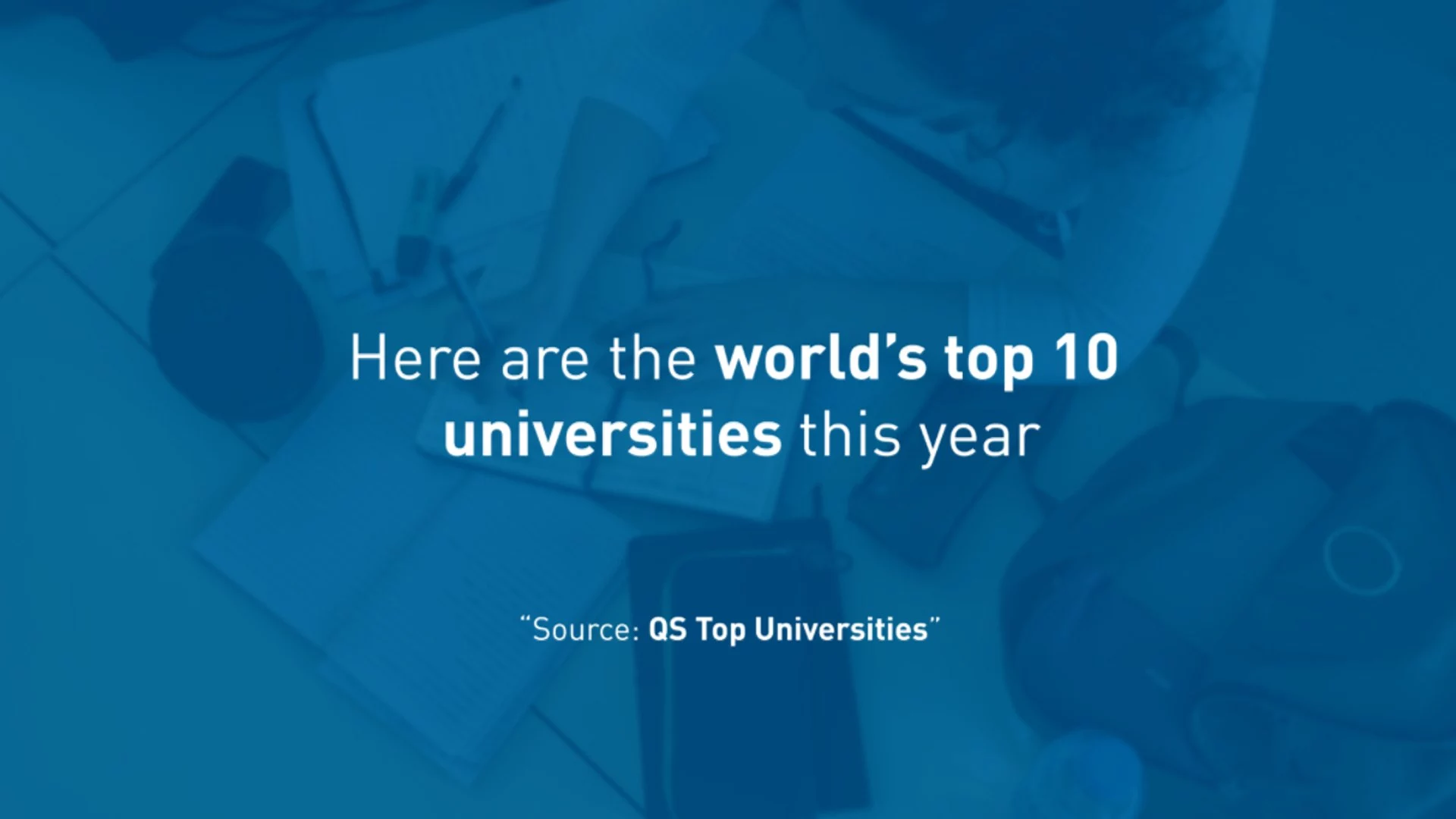


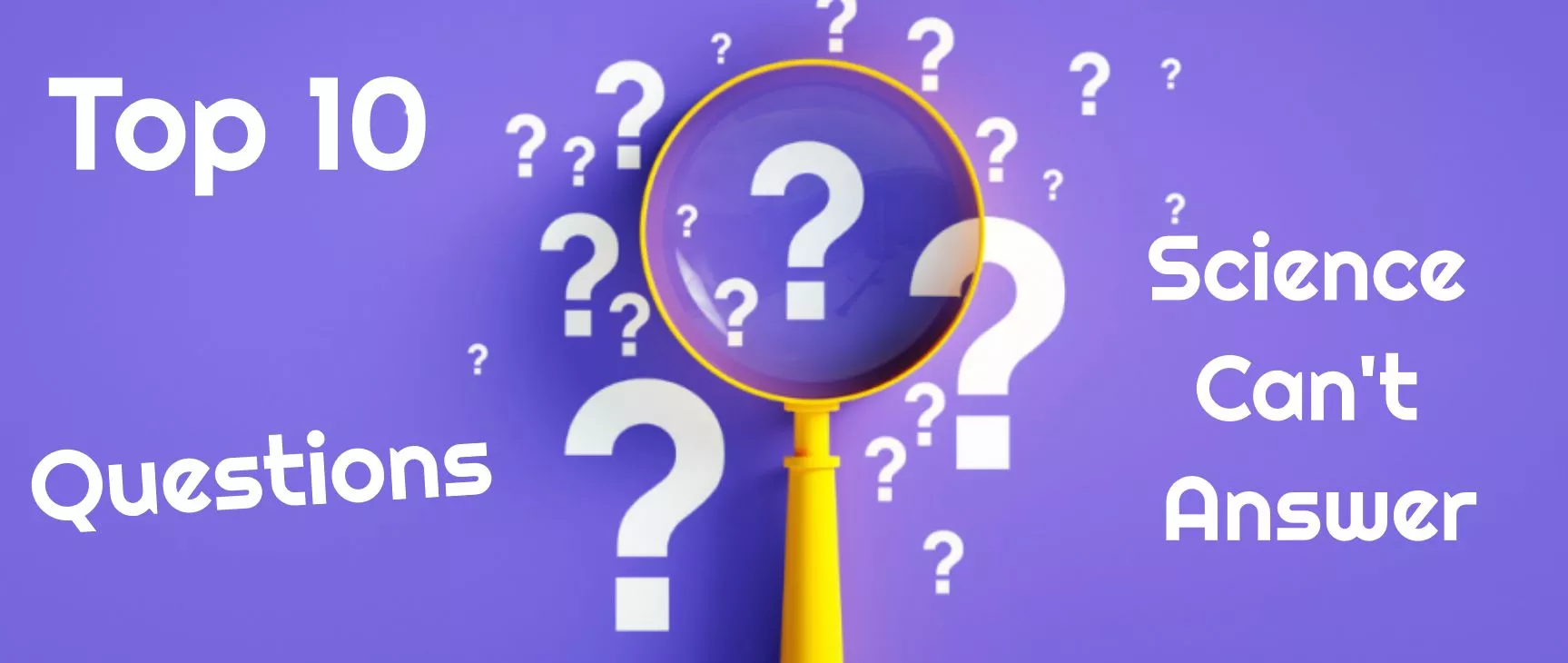









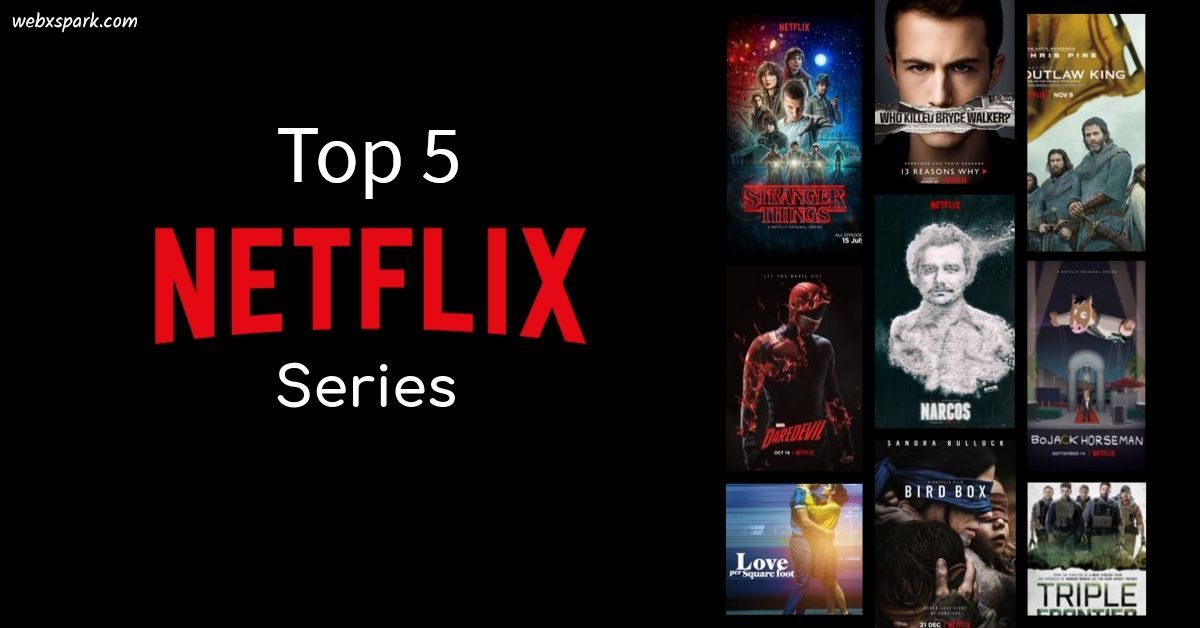






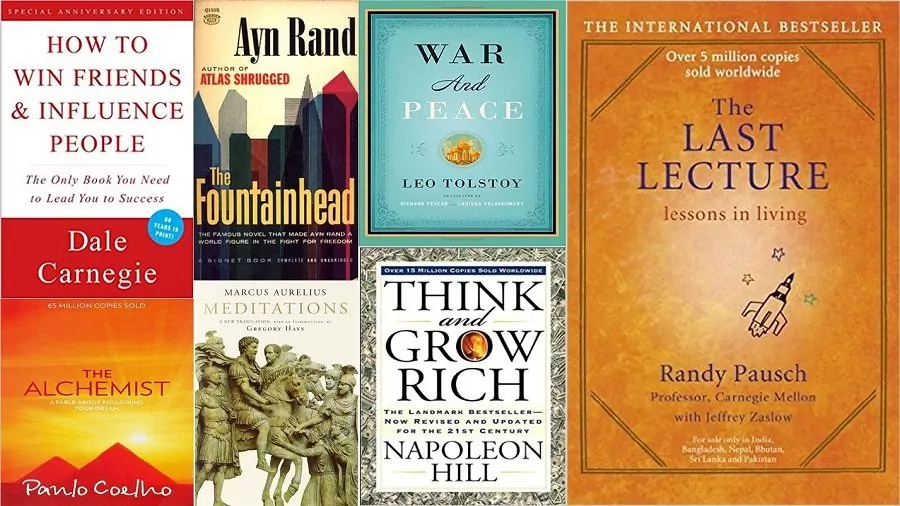



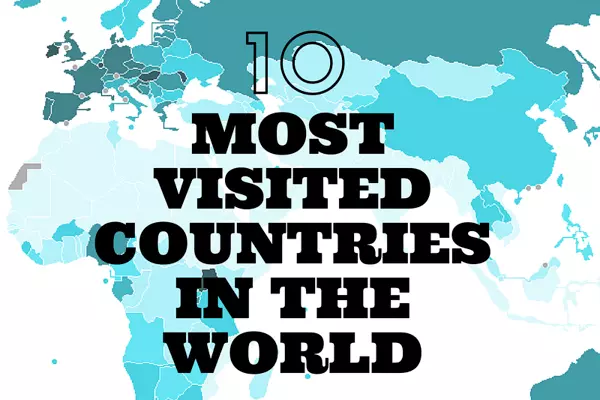

Login to your account or create a new account to post comments!